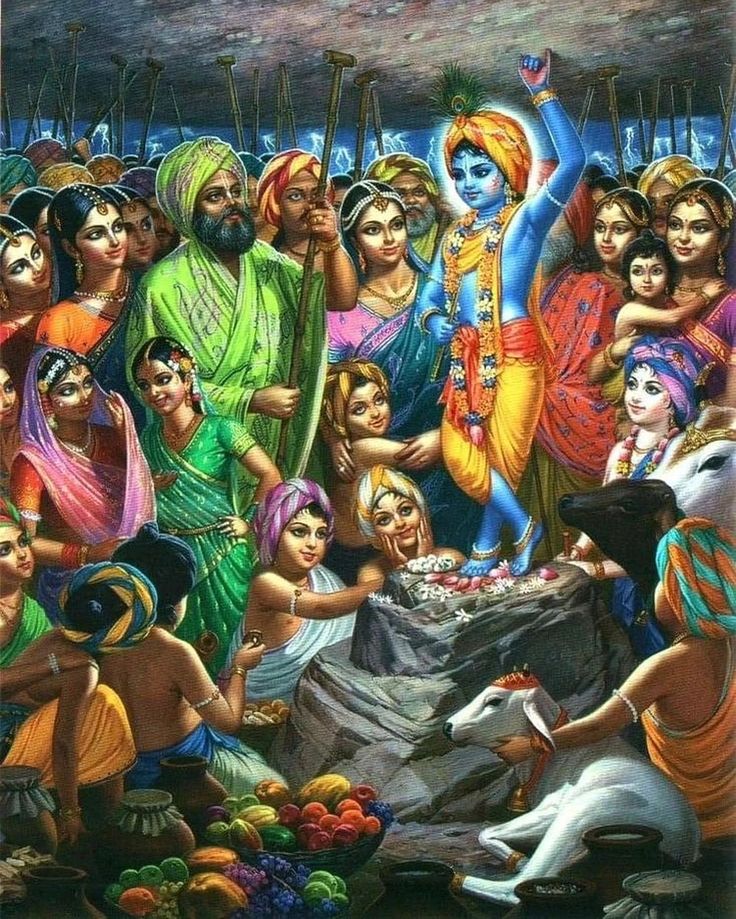
Govardhan Puja, also known as Annakut Puja, is one of the most sacred and joyous Hindu festivals celebrated across India, especially in the northern states like Uttar Pradesh, Haryana, Rajasthan, Gujarat, and Madhya Pradesh. It is observed a day after Diwali, marking the victory of humility and faith over ego and arrogance. The festival commemorates the day when Lord Krishna lifted the Govardhan Hill on his little finger to protect the people of Gokul from Lord Indra’s wrath. But beyond the divine story lies a deeper significance — a festival that celebrates gratitude toward nature, abundance, wealth, and the cycle of giving back to the Earth.

The story of Govardhan Puja finds its roots in the ancient scripture Bhagavata Purana. Once, the people of Gokul, under the guidance of Nand Baba, used to worship Lord Indra, the God of Rain, believing that their prosperity depended solely on him. However, young Krishna, observing their devotion, questioned this practice. He explained that it was not Indra but Mount Govardhan that nourished their lands — providing fertile soil, grazing grounds for cattle, medicinal herbs, and natural protection from calamities.
Krishna advised the villagers to worship the Govardhan Hill instead, as a symbol of gratitude towards nature and the environment that sustains life. Angered by this defiance, Lord Indra unleashed torrential rains upon Gokul, attempting to destroy it. In response, Krishna lifted the Govardhan Hill with his little finger, providing shelter to humans, animals, and birds for seven days. Humbled by this act, Indra realized his mistake and apologized. Since then, the day has been celebrated as Govardhan Puja, symbolizing faith in divine protection and reverence for nature’s bounty.
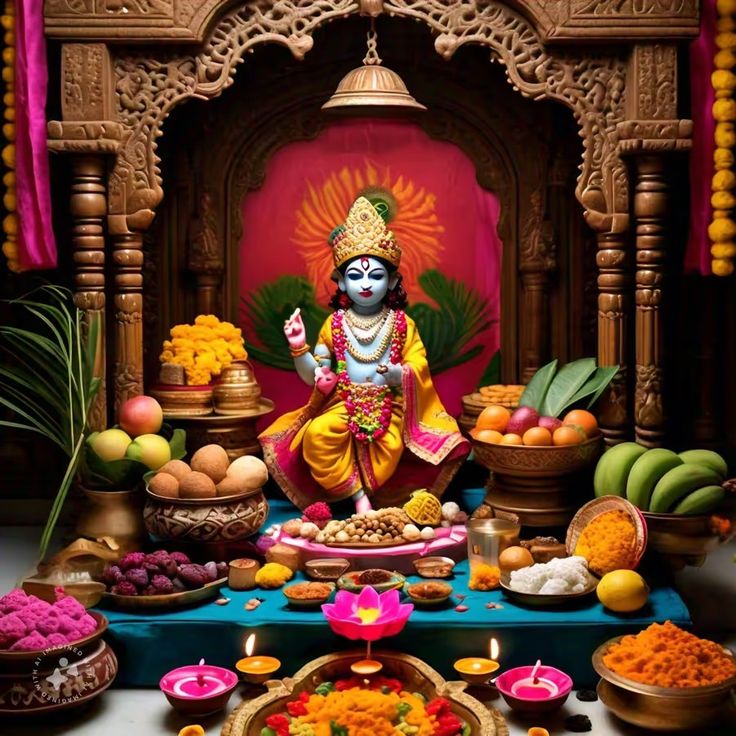
Govardhan Puja falls on the first lunar day of the Shukla Paksha (bright fortnight) in the Hindu month of Kartik, which usually comes a day after Diwali and the day before Bhai Dooj. The festival is celebrated with great enthusiasm, especially in Vrindavan, Mathura, and Gokul, where devotees recreate the sacred act of building and worshipping the Govardhan mountain.
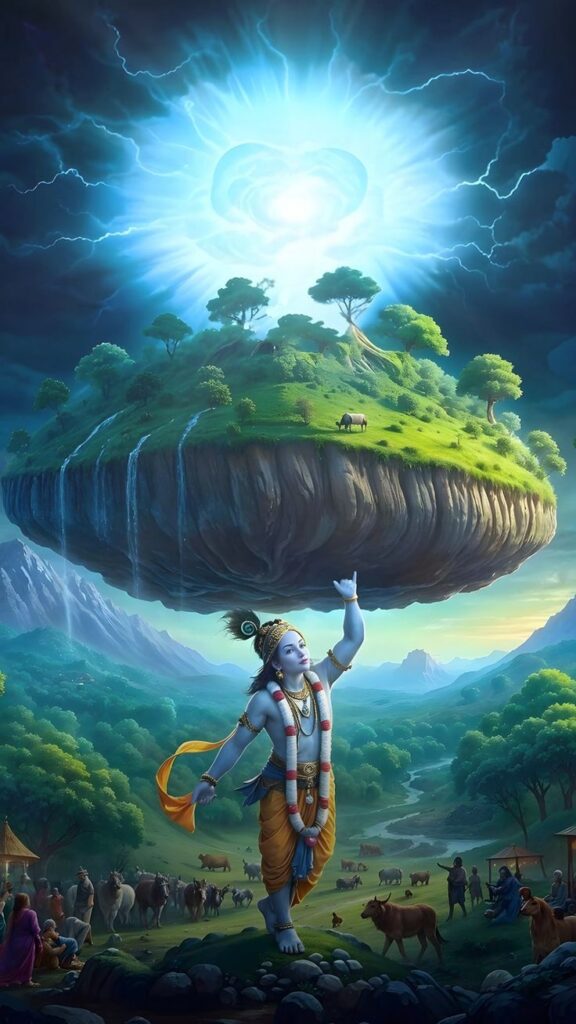
Govardhan Puja is a day filled with vibrant rituals, heartfelt devotion, and deep symbolism. The rituals differ slightly across regions, but the essence remains the same — gratitude toward nature and the divine forces that bring abundance and prosperity.
1. Preparing the Govardhan Hill – Devotees make a miniature replica of the Govardhan Hill using cow dung, mud, and flowers. The mound is decorated with clay figures of Krishna, cows, and peacocks, representing harmony with nature.
2. Annakut – The Mountain of Food – Devotees prepare a grand feast of 56 or 108 dishes called Chhappan Bhog, offered to Lord Krishna. This symbolizes abundance and gratitude for the year’s harvest.
3. Govardhan Parikrama – Pilgrims perform a sacred 21 km circumambulation around the real Govardhan Hill near Mathura, chanting and singing devotional songs for blessings of health and prosperity.
4. Cow Worship (Gau Puja) – Cows are bathed, decorated, and worshipped for their nurturing nature, symbolizing respect for all living beings.
5. Lighting Diyas and Singing Bhajans – Homes and temples glow with diyas, and devotees sing Krishna bhajans celebrating faith and joy.
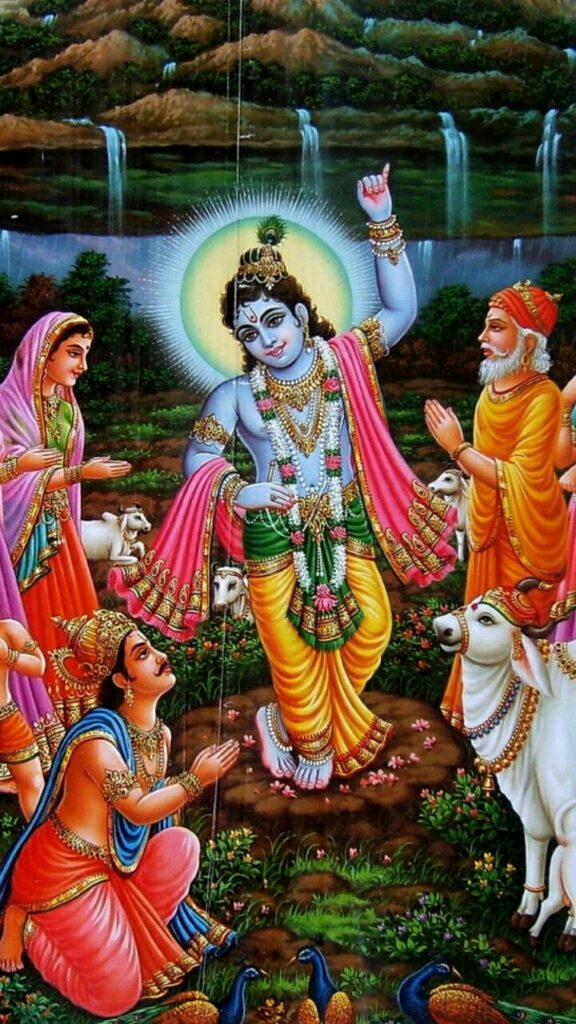
Govardhan Puja teaches humility, gratitude, and coexistence with nature. It highlights Krishna’s message that faith and devotion triumph over pride. The festival also emphasizes protecting the environment and living in harmony with natural resources.
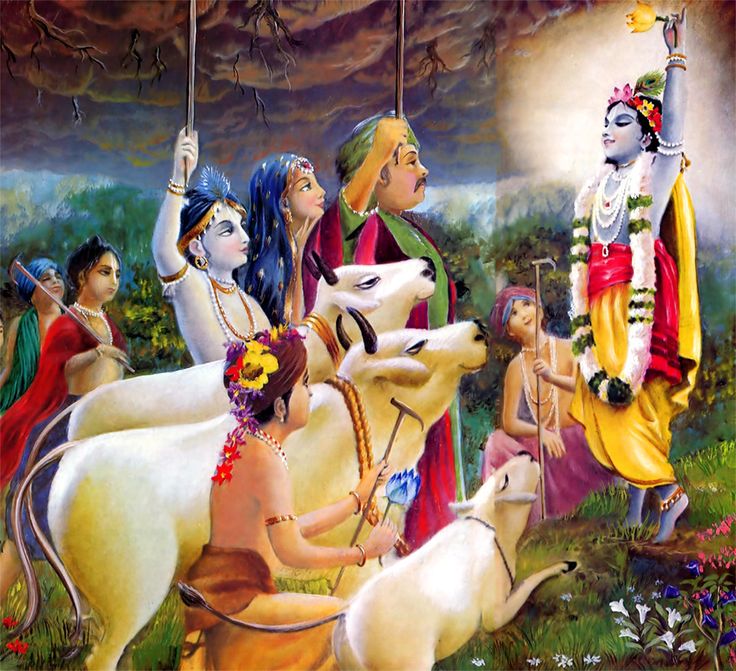
The connection between Govardhan Puja and prosperity extends beyond divine protection. In Hinduism, prosperity means abundance in every form — good health, fertile land, wealth, and peace.
1. Symbol of Gratitude Brings Abundance – Offering food (Annakut) signifies giving back to the universe. When one offers selflessly, the divine multiplies generosity, bringing wealth and happiness.
2. Connection with Earth Energy (Prithvi Tattva) – Worshipping the Govardhan Hill connects devotees with the Earth element that governs stability and growth, inviting Goddess Lakshmi’s blessings.
3. Cleansing Negative Energies – Lighting diyas and performing rituals cleanse negative vibrations, attracting prosperity and harmony.
4. Krishna’s Blessings – Observing Govardhan Puja invokes Krishna’s protection against hardships and brings divine support for financial and spiritual stability.
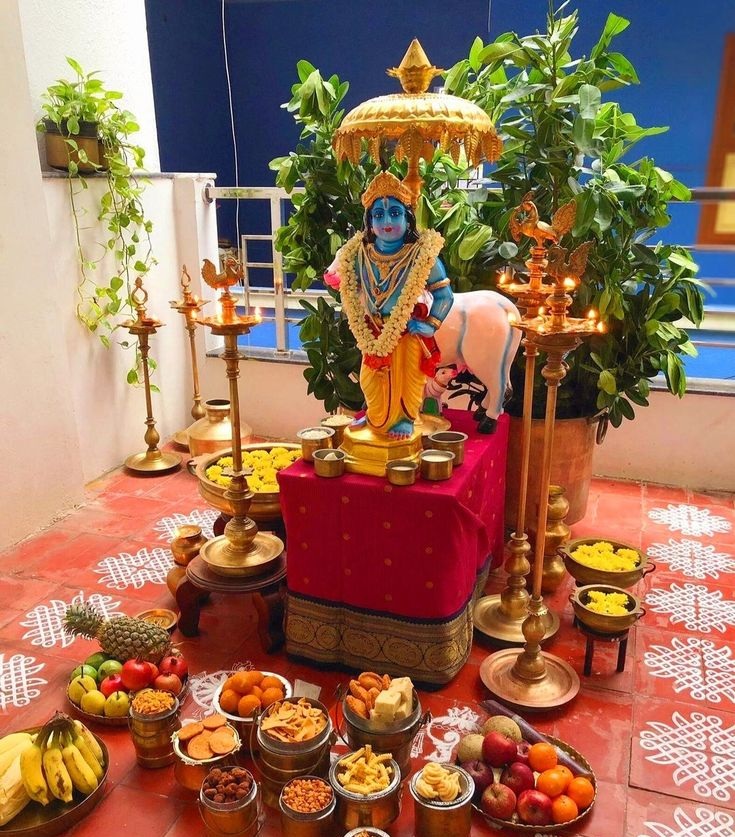
In today’s fast-paced world, Govardhan Puja reminds us to value gratitude, sustainability, and compassion. Families celebrate it as an eco-friendly festival, promoting organic food and environmental awareness. Communities unite to share food and devotion, making it a symbol of unity and abundance.
Govardhan Puja is more than a festival—it’s a philosophy of balance between nature and faith. By worshipping the Govardhan Hill, we celebrate gratitude, humility, and divine protection. True prosperity flows when we honor nature, live in faith, and share with love. Thus, Govardhan Puja continues to inspire generations to embrace wealth not just as material possession but as peace, happiness, and harmony with the Earth.
Author – Amit Pradhan
If you liked this article or, then do write us in the comment section below.
For Astrology, Numerology, and Reiki Services contact us today!
We also deal in original quality and Certified Rudraksha, Crystals and Gems.
Shop Now Original Rudraksha & Crystals
For more daily updates do like and Follow Us and keep visiting www.jaymahakaal.com